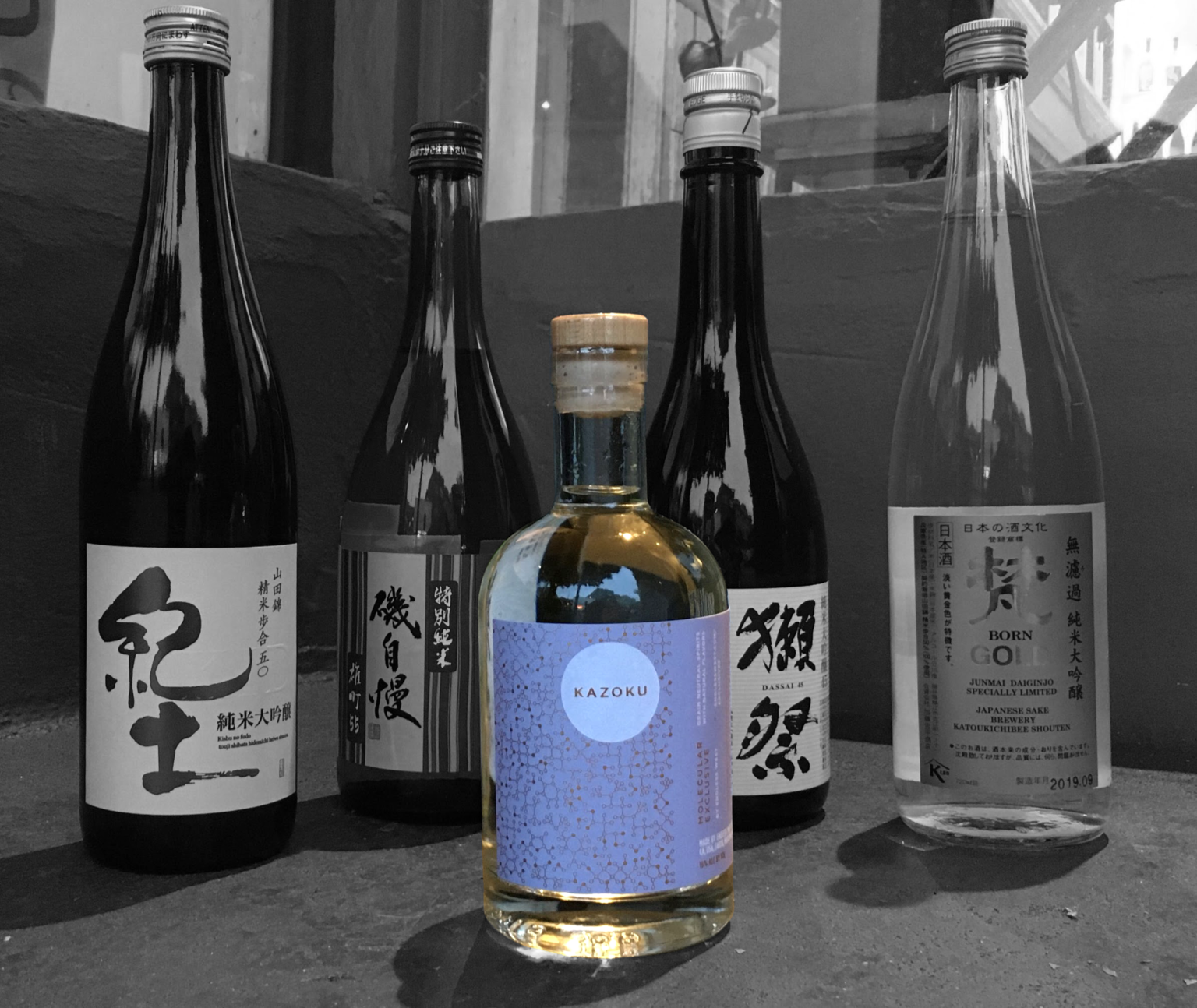
Written by Saki Kimura
On February 21th, “Molecular Sake” caused a buzz among Japanese sake aficionados on Twitter: San Francisco Chronicle reported that SF startup Endless West released synthetic sake made from ethanol and chemical compounds instead of rice.
For this article, I like to write about a tasting note for Molecular Sake with comments by people who work for the sake industry in the US.
In Japan, there is a category of synthetic sake called “gosei-seishu”: it is a kind of liquor that replicates sake made not from rice but from alcohol, glucose and chemical compounds.
It might recall words like rotguts or mass production: in fact, however, gosei-seishu was developed to help people from food shortage around 1918, when kome-sodo (rice riots caused by soaring rice prices) erupted throughout Japan.
On the other hand, the interview by San Francisco Chronicle mentions the root of Molecular Sake is sustainability. The member of Endless West says that it is environmentally friendlier to produce alcoholic beverages without large-scale agriculture or significant water.
Also, with an example of the process of recording and preserving music, they represent their production as “the last frontier of digitization”: as you copy today’s sake, wine and whiskey, your grandchildren would enjoy the same flavor after 50 years.
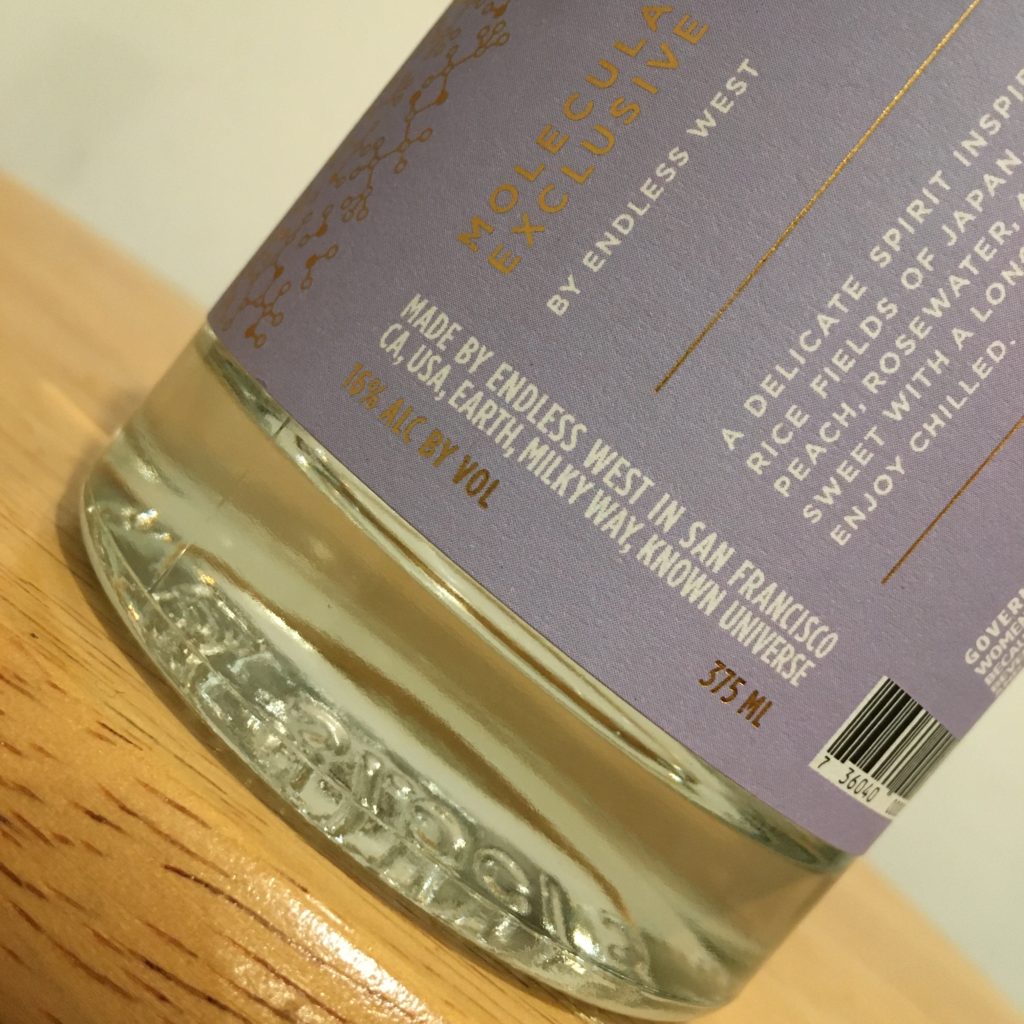
I ordered the synthetic sake KAZOKU from the online store on the Endless West’s website. The product description says:
Kazoku, meaning family in Japanese, is a beautifully balanced spirit reminiscent of sake. On the nose, Kazoku exudes aromas of green apple skin, peach pit, and rosewater — on the palate, it is lightly sweet and crisp, with a mildly savory finish. Best enjoyed chilled.
ABV is 16% and the price is $10 for 375mL. I bought four bottles because it requires more than $40 in order to check out.
Receiving a confirmation email, I noticed that my order would be shipped from San Diego. Why are they sent out from San Diego even though their lab is located in San Francisco?
According to Noriko Kamei from Sequoia Sake Company, whose brewery is located in the neighborhood of Endless West’s lab, Molecular Sake has to go through the distributor located in San Diego because this sake is categorized as not wine but spirits.
I received the shipping notification six days after ordering and got the package the next day.
I start the tasting at room temperature. I open the bottle and get my nose to its mouth – Wow! It smells like ginjo sake!
It has an aroma reminiscent of green apples that you can find from many ginjo sake. The synthetic cork also smells fruity.
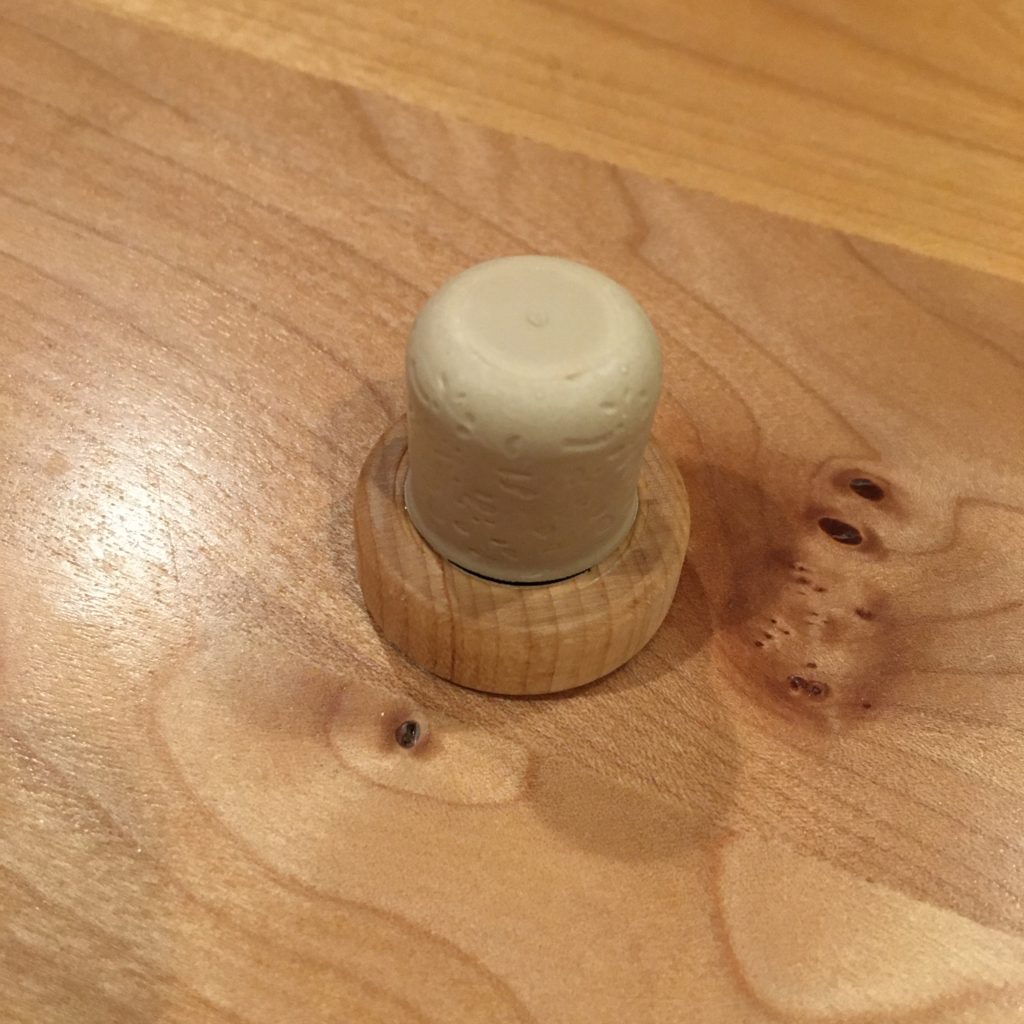
I pour it in the tasting glass and make sure its aroma again. First try, the same fruity odor comes out. Second try – hmmm? It smells a bit different. Let’s try again – it’s absolutely different. Multiple inhaling removes the beautiful odor and brings an alcoholic smell that reminds me of hard liquor.
Next, I taste it: it is full body, rich and nutty like walnuts or almonds. I’ve tasted some genuine sake that tastes like this. Its texture is mellow and creamy, with a unique heaviness.
Gradually, however, alcoholic and chemical elements that I felt from the aroma are coming out.
According to the San Francisco Chronicle’s interview, they tried to copy the flavor of junmai daiginjo nama-genshu (unpasteurized and undiluted sake). I certainly felt the characteristics like that – junmai daiginjo’s fragrant aroma and nama-genshu’s robust flavor – but the balance between them seems a bit off.
When I get a bottle of sake, I always experiment to find “the best way to drink it” tasting with different glasses, seasonings and temperatures (I started this when I used to work at bars and a sake store). Here’s what I found from the experiment for Molecular Sake KAZOKU:
・Glasses
The most suitable glass for KAZOKU is a trumpet-shaped glass like a cocktail glass. It removes booziness and chemical tone while maintaining a sweet aroma.
I don’t recommend a straight glass or cup like ochoko. It burns your throat with alcohol and makes unpleasant flavor linger on your palate.
・Seasonings
The best partner is balsamic vinegar which masks all weak characteristics of this sake. It means that this Molecular Sake goes well with something with rich sweetness and acidity. Also, it works with miso (rich and sweet) and vinegar (sour). Salt and soy sauce extracts this sake’s sweetness.
・Temperatures
As I expect from the flavor at room temperature, this sake tastes better when you warm it up: on the other hand, it gradually differs from genuine sake as the temperature rises. I can say the tastiest temperature is around 120°F, but also feel imbalance between rich sweetness like custard and thin texture.
If you try kan-zamashi (the sake once warmed up and returned to cold), aggressive alcoholic feeling and pickles-like aroma come forth. At cold temperature, which the official website recommends, it becomes more refreshing and aromatic, but almost tastes the same as at room temperature.
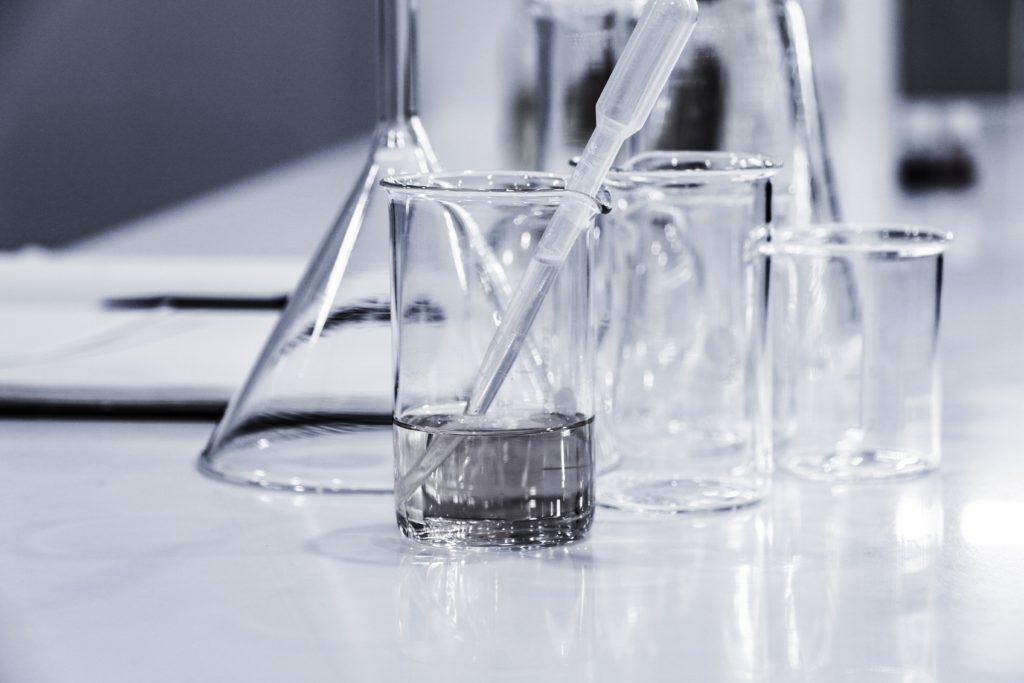
I brought KAZOKU to sake professionals in San Francisco.
Firstly, I asked Jake Myrick and Noriko Kamei, the husband and wife brewers for Sequoia Sake Company. As mentioned above, their brewery is in the neighborhood of Endless West’s headquarter in Dogpatch: they have communicated each other since Endless West called themselves as Ava Winery.
“It’s gotten much closer to genuine sake than what we tried about three years ago,” Noriko says. “They said the most difficult part is to replicate the slight aroma of koji rice, while they can create almost all the taste components. I feel they might be still struggling with it.”
Jake says “It is lacking the mouth feel associated with sake made from rice.” “The initial splash on the tongue lights up with daiginjo notes, but this too quickly becomes overwhelmed with the burn of your throat. As it flows across the palate, it becomes a jumble of disjointed flavors quite unlike sake made by fermentation.”
“Our customers often say ‘sake is clean, so I feel comfortable when I drink it.’ In contrast, this product gradually makes me feel a bit sick,” Noriko says: in fact, my main interest has been what she mentions since before ordering. For my sense, the tipsiness from Molecular Sake is unfriendly. Although I never feel sick when I keep drinking only sake, as I sip Molecular Sake again and again, my body starts blaming “You’re drinking something unnatural” with an uncomfortable feeling.
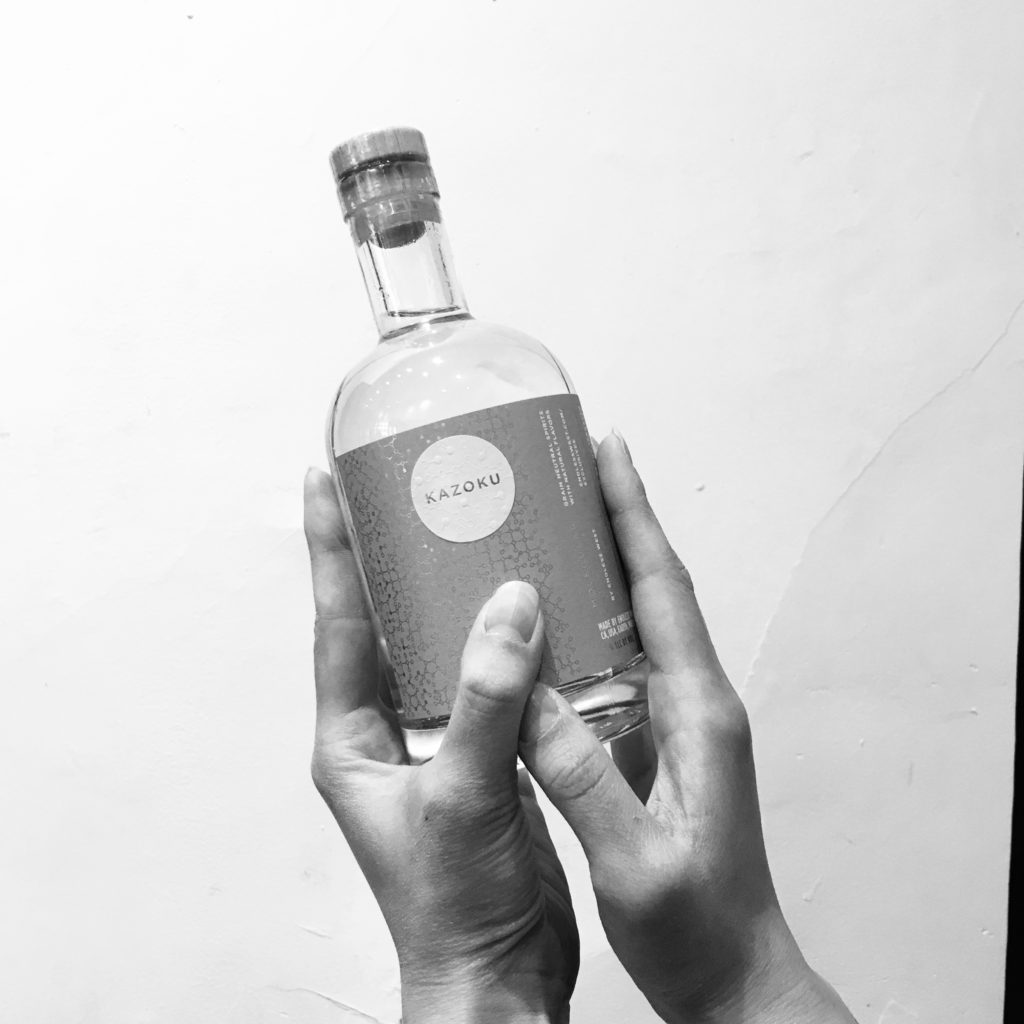
Next, I visited True Sake, America’s first sake store: I poured KAZOKU for President Beau Timken and Manager Mei Ho.
They start tasting as they always do for their products: “Not marshmallow… nougat? It is sweet rice rather than general sake rice. It’s not fruity, but has strong umaminess…” (Beau), “I got a coffee from this.” (Mei)
“Firstly I felt sake, but after that, I felt hard liquor,” Mei says. Beau mentions the mouth feel like Jake did, “Genuine sake sticks and spread in your mouth, But, this sake is slippery and goes through the palate like hard liquor. I gradually feel I drink something artificial.”
Through their opinions, SF sake professionals including me get the common feeling that “The first impression is sake, but it gradually metamorphoses into something different” – everyone seems to struggle to express this indescribable feeling.
As I explained about the product, Beau joked “Is this robot sake?”: in fact, for this synthetic sake, I can use a metaphor of an android with a time limit that it can be like a real human.
Though they have such a critical opinion, at the same time, they agree that there are some genuine sake products made from rice that taste worse than this Molecular Sake.
Everyone tasted it with understanding this is synthetic sake this time, but I should be able to get more positive feedback from non-professionals or blind tasting attendees.
Hiroshi Ishiguro, a roboticist at Osaka University who develops humanoid robots that look just like real people, says he is inquiring “What a human being is” through studying androids.
Drinking Molecular Sake, a thing similar to sake but different from it, forces drinkers to ask themselves “What is sake’s individuality?” – It throws a question at the current sake situation that diversification and deindividuation happen simultaneously: while breweries can create a wide variety of sake thanks to development of science and technology, similar products without locality and uniqueness have been produced frequently.
San Francisco Chronicle points out the matter of Molecular Sake as below:
Even if Endless West can get there — and even if the drinks taste pleasant — there’s no guarantee that people will want to drink them. For many enthusiasts, the whole appeal of wine and spirits is the human element, the stories behind the drinks, the ties to land, place and tradition. Wines taste different in each year they’re produced, according to that year’s weather, and they also taste different over time: They improve with age, then decline. People drink these things for their singularity — for their unrepeatability.
Will the time when human beings fall in love with androids come soon? Rather than its flavor, I like to evaluate this “phenomenon” and appreciate my luck to be born in a good era when I can have such an amazing experience.
In the future, I like to visit their lab for interviews and to do tastings with general customers – Please look forward to their next episode on SakeTips!